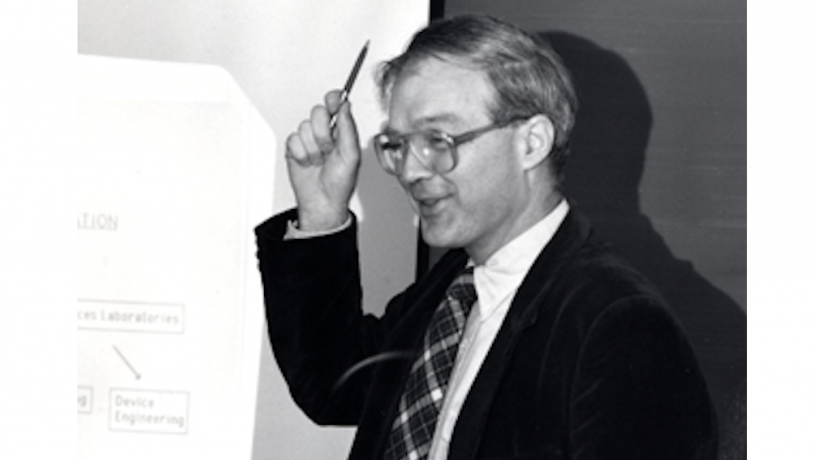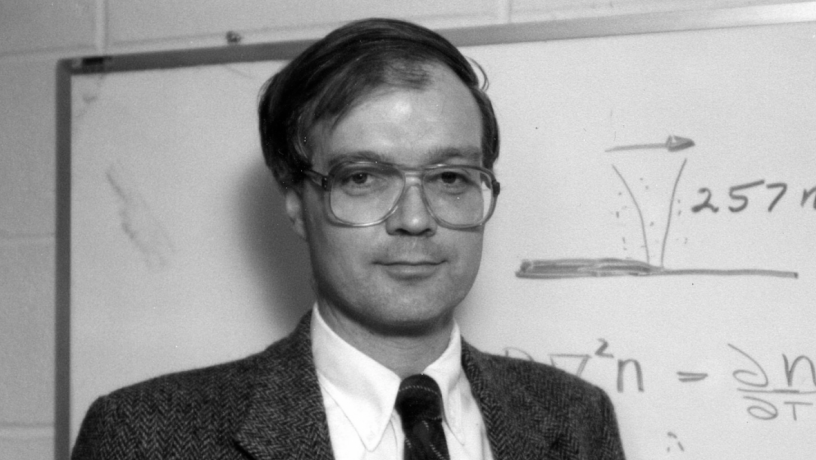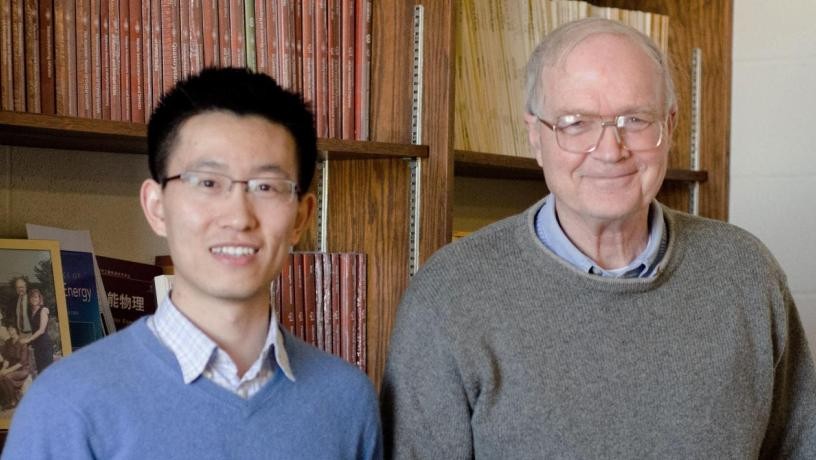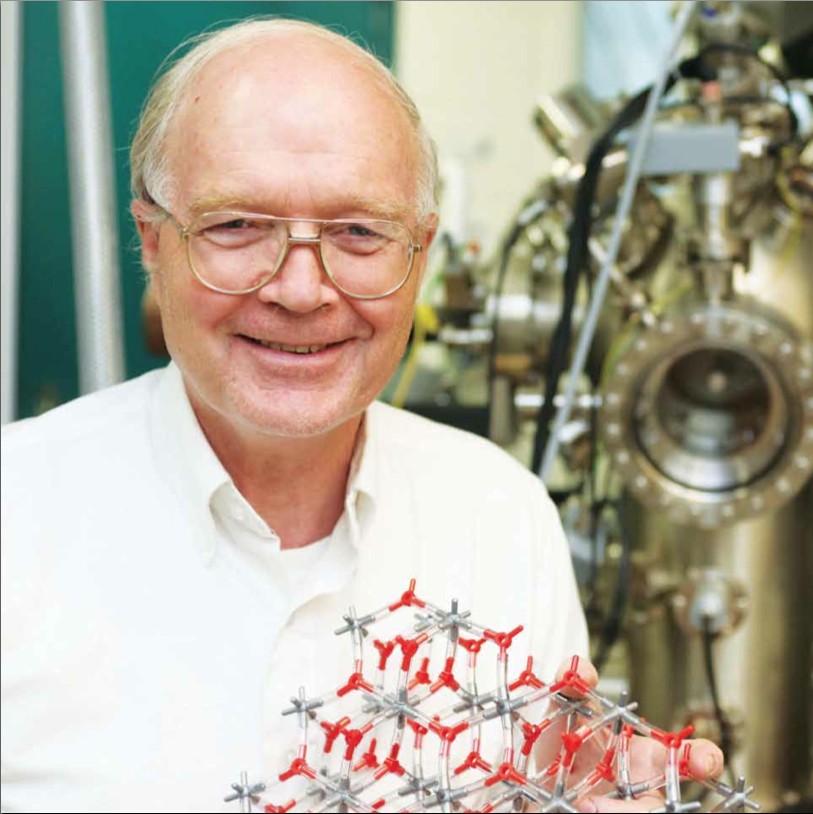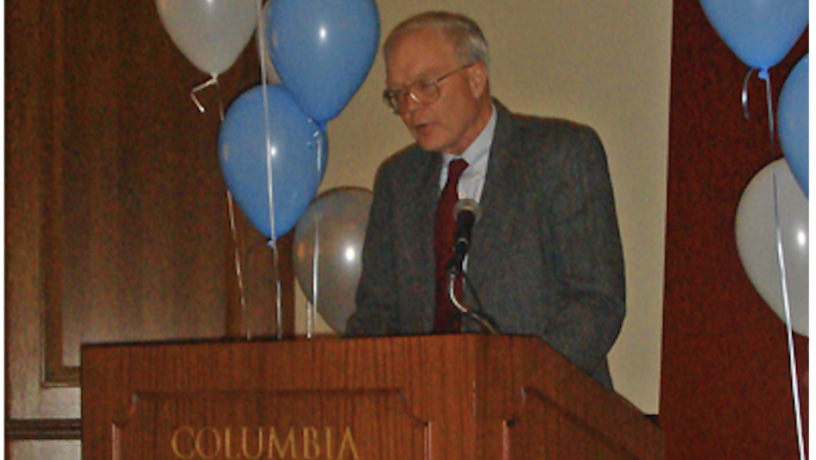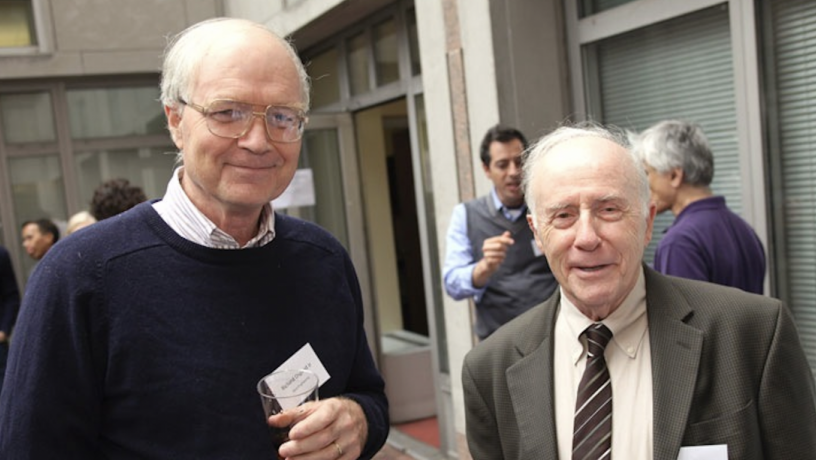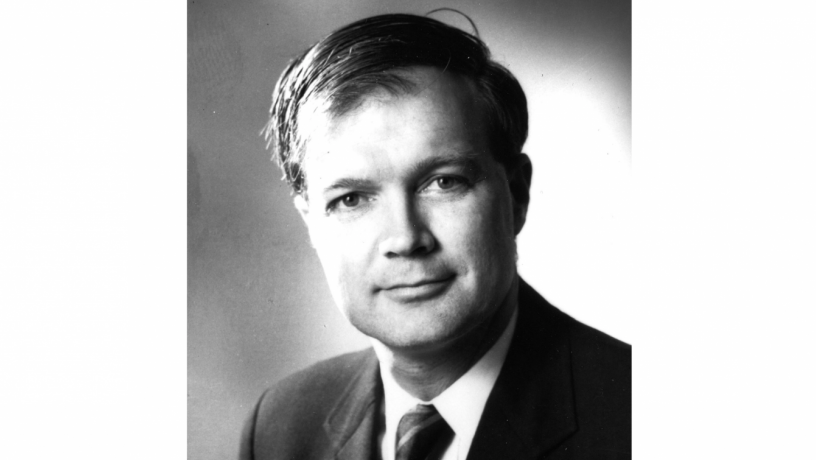Remembering Richard M. Osgood, Jr. (1943-2023)
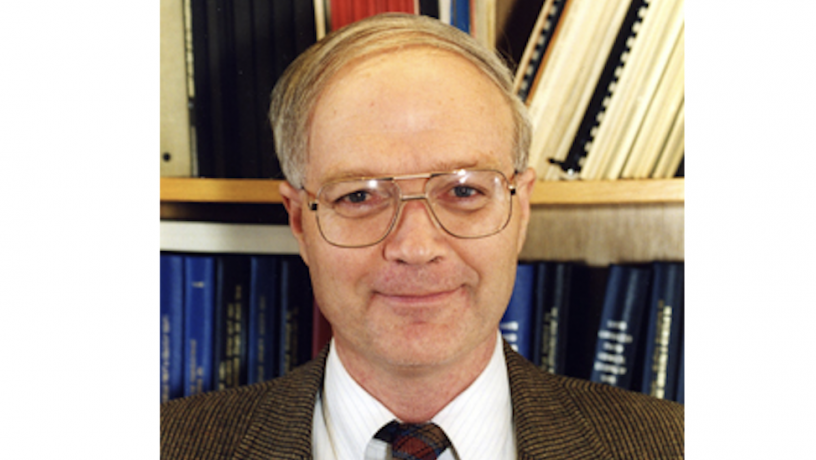
The Columbia Engineering and Applied Science community mourns the loss and celebrates the life of Richard Magee Osgood, Jr., the Higgins Professor Emeritus of Electrical Engineering and Professor Emeritus of Applied Physics at Columbia University.
Richard “Rick” Osgood, a pioneer in the field of lasers and a beloved member of the electrical engineering and applied physics faculties at Columbia for over 4 decades, passed away on October 20, 2023. He will be remembered very warmly by those who had the pleasure of working alongside him and by the 67 doctoral students that he trained.
Born on December 28, 1943, in Kansas City, Missouri, Osgood was a graduate of the United States Military Academy at West Point, earned his master’s degree in Physics from the Ohio State University, and received his Ph.D. in physics from MIT, with Ali Javan as his doctoral advisor. After receiving his doctorate, Osgood did research at MIT Lincoln Laboratories.
Osgood joined the faculty at Columbia University in 1981 as an Associate Professor in the Department of Electrical Engineering and was promoted to full Professor in both the Departments of Electrical Engineering and of Applied Physics and Applied Mathematics (then Applied Physics and Nuclear Engineering) in 1982. He was named the Higgins Professor of Electrical Engineering and Professor of Applied Physics in 1988 and continued his career at Columbia until his retirement in 2014. He created and directed the Microelectronics Sciences Laboratories (MSL), a research center that pioneered new microelectronic capabilities and materials and was co-director of the Columbia Radiation Laboratory. As MSL Director, he designed and led the first shared Clean Room fabrication facility at Columbia, which was essential to the research of generations of faculty and students.
Osgood’s research, in collaboration with colleagues and students, created new surface chemistry and interactions, and nonlinear optical materials and processing. In addition to service at the university, Osgood contributed to pure and applied science at the national level, participating in multiple studies during the summers for the Defense Advanced Projects Agency (DARPA). Later in his career at Columbia University, Osgood led efforts to create and apply silicon photonics, in non-linear optical materials and in the new field of plasmonics, which experienced exponential growth in the 2000's and led him to publish many highly cited papers.
"This department and the Columbia engineering community as a whole owe Rick a great debt for his work in making them what they are today,” said Electrical Engineering Department Chair John Kymissis. “He led by example, both as an educator in the classroom and as a pioneer in his field of study."
Irving Herman, long-time colleague and a professor in the Department of Applied Physics and Applied Mathematics, noted, “Rick was a great friend, colleague, and mentor to many at Columbia. He will be remembered for a very long time because he helped make Columbia a top institution in physical sciences and engineering through his ground-breaking research and the impact of his leadership.”
In 1991, Osgood, along with Daniel J. Ehrlich and Thomas F. Deutsch, received OSA’s R. W. Wood Prize “for the invention of laser photochemical deposition and the application of laser induced photochemical reactions to materials processing.” In 1995, his lab group created a photonic design system, RSoft, which led to a successful startup company. In 2000, he became the Associate Director of Energy Sciences at Brookhaven National Laboratory (BNL) for two years while on leave from Columbia; BNL is one of a handful of American National Laboratories with advanced synchrotron facilities leading worldwide research. On January 5, 2009, Osgood was honored by colleagues at Columbia and internationally with a symposium honoring his then 40 years of contributions to pure and applied science. He was a fellow of the Optical Society, the American Physical Society, and the IEEE.
An obituary by the Osgood family can be found here and a recording of Professor Osgood’s memorial is available here. The Osgood family also welcomes you to share comments and memories of Rick on the "memory wall" located here. See the gallery below for more images from his life and career.
